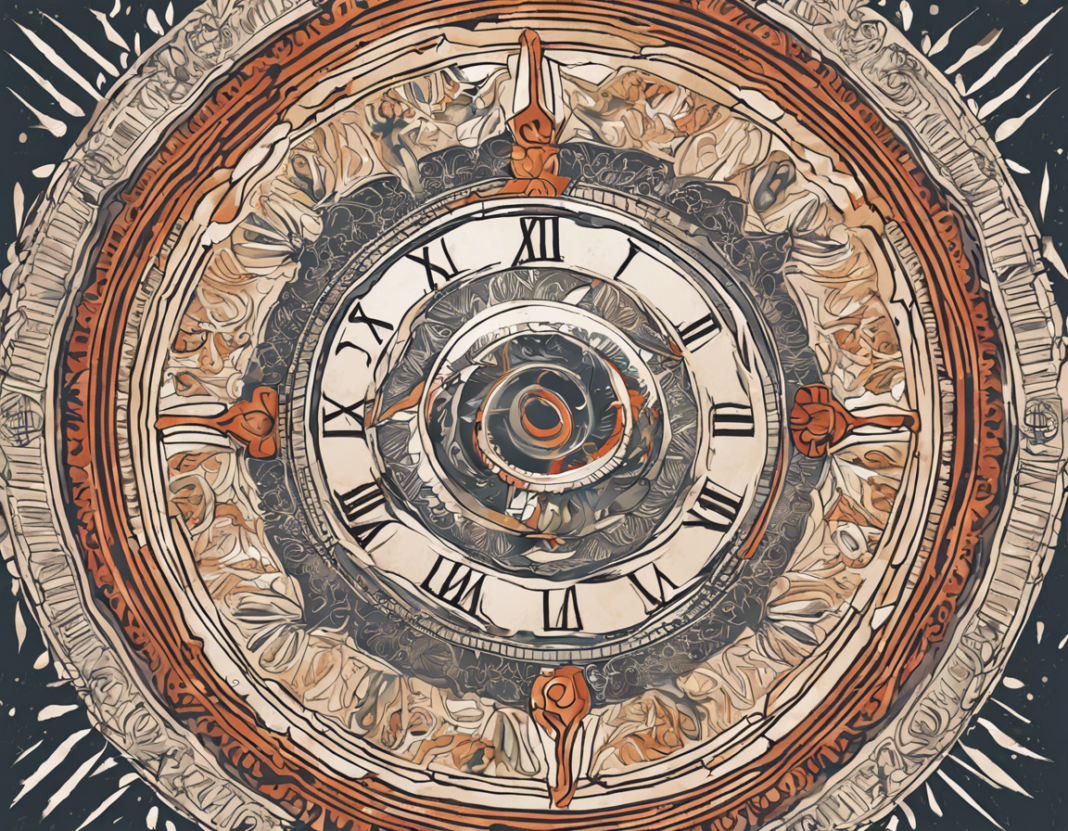A solar eclipse, often called a Surya Grahan in Hindi, is a celestial event that captures the attention and fascination of people around the world. It occurs when the Moon passes between the Earth and the Sun, blocking all or part of the Sun’s light. This phenomenon is a spectacular sight that draws awe and wonder from both seasoned astronomers and the general public. Observing a solar eclipse can be an unforgettable experience, but it requires proper planning and knowledge of the timings to ensure a safe viewing experience.
Understanding Solar Eclipses
Before delving into the timings of a solar eclipse, it is essential to understand the different types of solar eclipses and how they occur. There are three main types of solar eclipses:
-
Total Solar Eclipse: This occurs when the Moon completely covers the Sun, casting a shadow on the Earth. This results in a brief period of darkness known as totality in the path of the Moon’s shadow.
-
Partial Solar Eclipse: In this type of eclipse, the Moon partially covers the Sun, creating a partial shadow on the Earth. This is the most common type of solar eclipse.
-
Annular Solar Eclipse: An annular eclipse happens when the Moon is farthest from the Earth, making it appear smaller and not fully covering the Sun. This leaves a ring of sunlight visible around the edges of the Moon, creating a “ring of fire” effect.
Timing of a Solar Eclipse
The timings of a solar eclipse are crucial for anyone planning to observe this celestial event. Knowing when the eclipse will start, reach its maximum, and end is essential for choosing the right viewing location and ensuring a safe viewing experience. The timing of a solar eclipse is typically given in Universal Time (UT) or local time, depending on the information source. Here are the key timings to look out for:
-
First Contact: This marks the beginning of the eclipse when the Moon’s disk first starts to encroach upon the Sun’s disk.
-
Maximum Eclipse: This is the point when the Moon covers the maximum portion of the Sun’s disk, depending on the type of eclipse (total, partial, or annular).
-
Last Contact: The final contact signifies the end of the eclipse when the Moon moves away from the Sun’s disk completely.
Tips for Safely Watching a Solar Eclipse
Watching a solar eclipse can be a mesmerizing experience, but it is crucial to take precautions to protect your eyes and ensure a safe viewing experience. Here are some tips to keep in mind:
-
Use Proper Eye Protection: Never look directly at the Sun during an eclipse without certified solar viewing glasses or a solar filter for telescopes/binoculars.
-
Create a Pinhole Projector: If you don’t have solar viewing glasses, you can create a simple pinhole projector to indirectly view the eclipse.
-
Choose a Safe Location: Select a viewing spot with an unobstructed view of the Sun and where you can comfortably observe the eclipse without looking up for an extended period.
Planning for the Next Solar Eclipse
Solar eclipses are incredible astronomical events that captivate people worldwide. If you are eager to witness a solar eclipse, it’s essential to plan ahead and be aware of upcoming eclipses in your region. Websites, astronomical organizations, and apps dedicated to eclipse tracking can provide detailed information on future eclipses, including timings, locations, and visibility.
FAQs about Solar Eclipses
Q: Can I watch a solar eclipse with my naked eyes?
A: No, it is not safe to look directly at the Sun during a solar eclipse without proper eye protection as it can cause serious eye damage or even blindness.
Q: How often do solar eclipses occur?
A: Solar eclipses occur around 2-5 times a year but are only visible in specific regions due to the shadow’s path on Earth.
Q: What should I do if I miss a solar eclipse?
A: Don’t worry, there will be more opportunities to witness a solar eclipse in the future. You can plan ahead for the next one and ensure you have the necessary viewing equipment.
Q: Can animals sense a solar eclipse?
A: There are anecdotal reports of animals reacting to solar eclipses, such as birds returning to their nests and nocturnal animals becoming active, but scientific studies on this topic are ongoing.
Q: Can a solar eclipse be predicted accurately?
A: Yes, advancements in astronomical calculations and technology allow scientists to predict solar eclipses with high accuracy, sometimes decades in advance.
In conclusion, witnessing a solar eclipse is a remarkable experience that reminds us of the awe-inspiring nature of the universe. By understanding the different types of eclipses, knowing the timings, and following safety guidelines, you can safely enjoy this celestial spectacle. Remember to plan ahead for upcoming eclipses and make the necessary arrangements for a memorable viewing experience.

